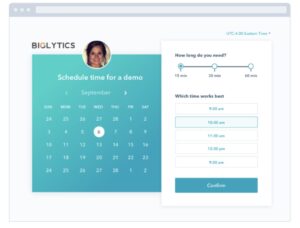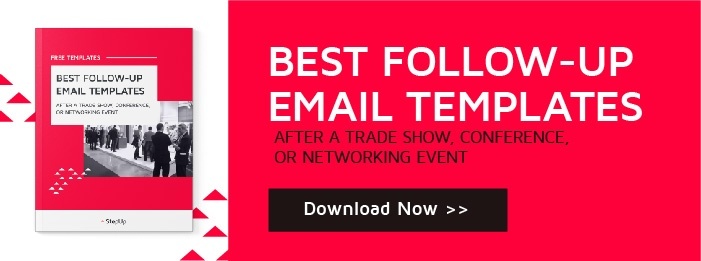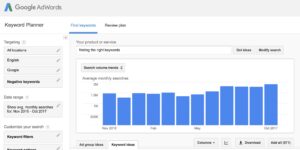For many businesses, sales and marketing are two separate departments with very different goals and outlook on how to achieve those goals. But businesses where sales and marketing work together to create a shared vision of success have a much higher chance of achieving it. It’s important to focus on sales and marketing alignment whether you have big in house sales and marketing teams or you are using an outside firm to handle your marketing. One way to do this is to sit down and create a sales and marketing alignment agreement where each side details their goals and the metrics they want to work towards. Here are a few reasons why this process can be powerful for any business.
Set Clear Marketing Goals
Marketing is generally charged with creating a brand look and feel, boosting brand awareness, and bringing leads into the sales funnel. It’s important that the sales team understand the full scope of what marketing is responsible for handling and what specific metrics they aim to reach, especially when it comes to the last responsibility of bringing in leads for the sales team. Here you can set goals as to the number of leads, the parameters used to qualify leads, and what happens to nurture leads that aren’t yet ready for the full sales press.
Set Clear Sales Goals
The sales department is responsible for following up on sales leads, preparing RFQs, and closing sales. They often rely on marketing to bring in leads and marketing, in turn, is relying on sales to close those leads. Sales metrics should allow the business to track the source of the different leads that close by value as well as volume. Sales should also communicate with marketing the types of questions customers are asking so that marketing can create relevant content.
Written Commitment to Concrete Goals
An agreement is exactly that, both parties sit down and agree what they will do. This can be a wonderful, collaborative process between the marketing and sales departments and should result in some concrete, measurable goals each side will work to reach. These goals can then be revisited throughout the business cycle to see how each department is faring.
Develop Regular Reporting and Tracking
Managing a growing business means being able to digest large amounts of information quickly. Once your sales and marketing teams have set specific goals, come up with a periodic reporting timeframe and report format so that you can see how they’re progressing towards their stated goals.
Celebrate Achievement
Once you’ve set clear metrics both sides can track and work towards obtaining, you can tell exactly how people in sales and marketing are performing. So when they hit their goal numbers, motivate their continued performance by taking a little time to celebrate their success.
Making the time to prepare sales and marketing alignment will pay off in the long run as both departments will know exactly what is expected from them. If you hire an outside firm like StepUp Marketing to handle your businesses marketing needs, then aligning goals is an important first step in bringing us up to speed on how your business operates. If you’re interested in learning more about how StepUp Marketing can help you build a powerful marketing system, contact us for a free consultation.









